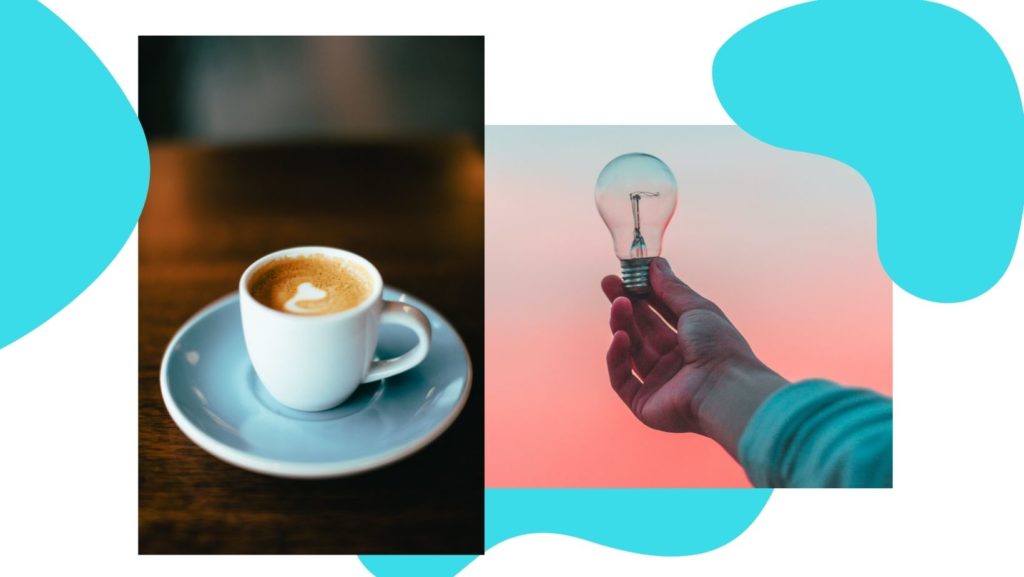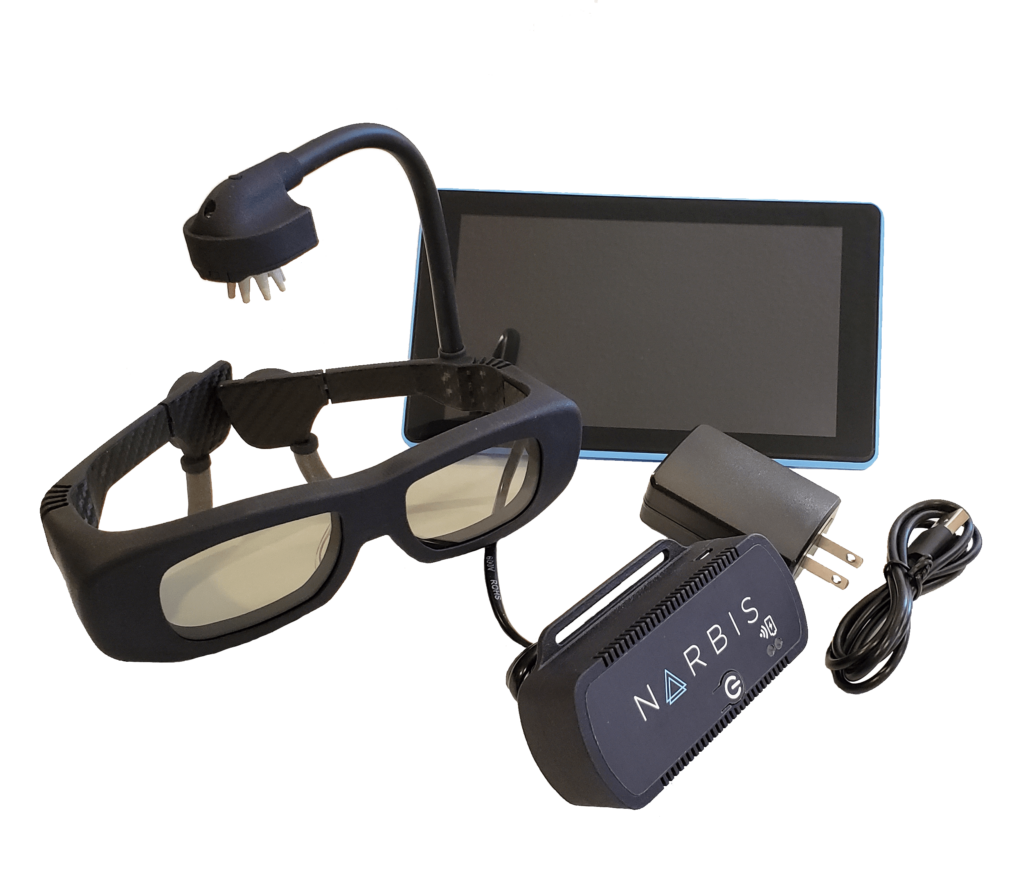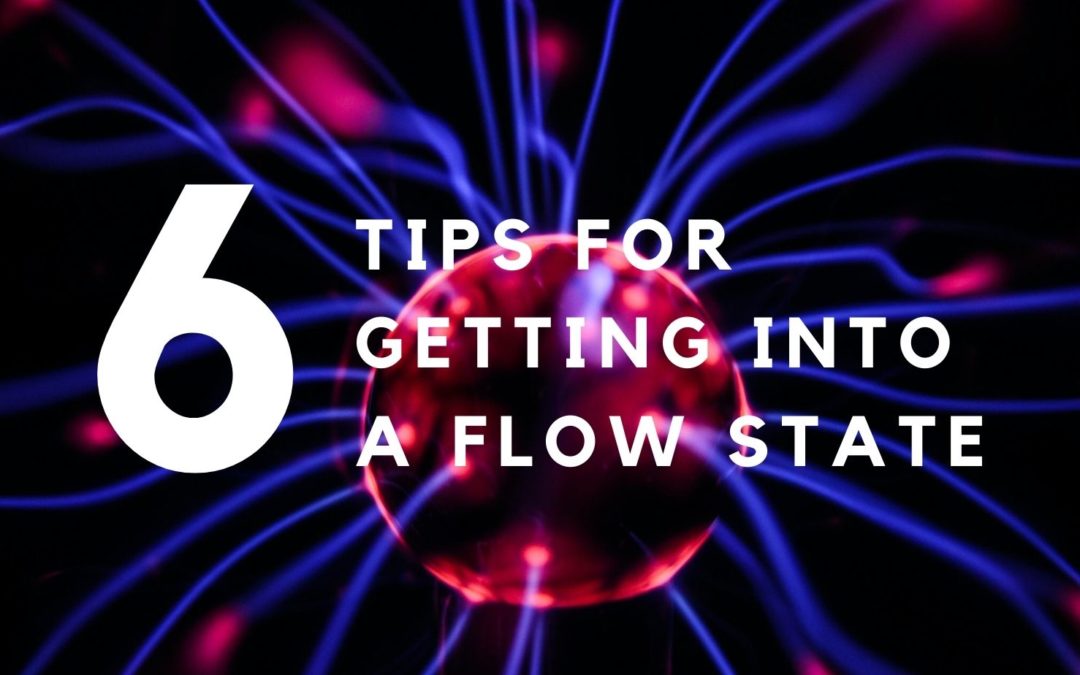What is flow? Think of it as a heightened mental state; or for those athletes out there, flow is akin to a purely mental form of a runner’s high where moving forward in a task becomes meditative and progress nearly effortless. In 1975, renowned psychologist Mihaly Csikszentmihalyi identified this nearly magical state of productivity, and it’s believed that Sir Isaac Newton wrote his Principia Mathematica when in flow state.
When you achieve your flow state, you feel engrossed in the task at hand. In this state of mind, also known as hyperfocus, time is no longer of the essence as work becomes all absorbing and all encompassing. When writing, for example, your thoughts outpace how fast you can type or put pen to paper. And the code for that software might just come faster than the operations you’re telling the computer to do. On a practical level — for knowledge workers and their employers — flow can mean the difference between a mediocre employee and a star, on a fast track for promotion.
Well, that might be exaggerating a wee bit. Nonetheless, flow can mean big gains for your business. Consulting firm McKinsey & Co. recently conducted a 10-year study on flow in the workplace. One of the great takeaways? Higher-ranking executives are some five times more productive during their flow state. C-suiters are 500 percent more productive.
As a column in Medium’s Better Advice pointed out, “this means that if, for the entire week, you spend two hours a day in flow state, you’ll get as much done as most people do in a 40-hour workweek.”
Sounds great, right? So how does one tap into this state of marathon mindfulness? With all that’s been ado over the past 16 months about working from home and managing interruptions, whether from your spouse, children, or your office’s messaging app, however, getting into a flow state might be easier said than done. Not unlike being jolted awake just as you’re about to fall asleep, getting a tap on the shoulder or message just as you’re in the midst of this state of unfettered creativity and knowledge can be jarring.
We’ve compiled some leading research and advice on this topic on how to improve mental focus and tips to achieve flow. Read on, and on… and on… until someone stops you.
Tip 1: Perform creative tasks when your energy levels are high. For many people, this is in the morning.

Professionals and creatives might be more productive blocking out their mornings for creative work for a better chance of tapping into flow, rather than zoning out during the same pep talks and “all-hands-team building”.
Mundane tasks such as organizing calendars sap the brain of its energy, making it less likely that you will be able to reach a flow state.
Granted, this type of scheduling is often out of the hands of a company’s rank-and-file staff. Showing the literature on this topic to the higher-ups might just get those meetings pushed later in the day to that 3 pm slump.
Tip 2: Multitasking kills flow; erodes IQ

Being expected to manage a spreadsheet and draft a memo while fielding phone calls might look good to a boss;but the bevy of research on workplace psychology and industrial relations shows that multitasking saps productivity — by as much as 40 percent, believe some experts.
Despite the fact that the human brain is more powerful than any artificial intelligence, it, like the computer on your desk, can run out of what effectively is its RAM. Similar to how having too many programs and tabs open can cause your computer to slow down and overheat, multitasking can push your brain to its own spinning hourglass on the screen, if not lower your IQ.
Tapping into flow requires closing out those non-responding apps and using the only program that your brain needs: the big task that needs to get done.
Block off time on your calendar; set your phone to silent; and put your Slack on “do not disturb.” You’ll have a better chance of reaching the flow state and turning in much better work.
Tip 3: Minimize interruptions — both internal and external

When you’re jolted out of flow state, it can take several minutes to get back into the groove, meaning lost productivity all around.
In these instances, especially when working in an open plan office, it can help to have a sign notifying others when you’re not to be disturbed.
Many of our distractions, however, come from within. When Csikszentmihalyi published Flow in 1990, smartphones were nearly two decades off. Getting an unwanted alert certainly can break your focus. Attention gaps from random thoughts about unrelated topics — then going to investigate those musings — can be just as detrimental to breaking flow.
One trick to preventing stray ideas from breaking your focus is to work on projects that are just challenging enough to be engaging without being frustrating, writes this columnist for Medium’s The Startup.
Gently pushing the limits of your mental bandwidth is a path to self-improvement, though going too far beyond your present realm of capability can lead to stress.
Along similar lines, getting through tasks that your mind might find too easy can lead to distraction, since it doesn’t find this work engaging. Save those items on your to-do list for later in the day.
Tip 4. Get adequate sleep.

Part of achieving a flow state is having the mental energy and brainpower to reach this heightened level of performance. Starting the day bleary-eyed and feeling like a zombie isn’t conducive to performing at your peak.
Those random thoughts we just mentioned? They tend to come a lot more frequently when the brain is sleep-deprived. While subsisting on five hours of sleep might have been a founders’ badge of honor during the Web 2.0 years, most people need more sleep to achieve true creativity and innovation.
If you’re an entrepreneur, be sure to get enough sleep not just to function but to feel cheerful. Running yourself into the ground might very well result in running your business into the ground.
At the same time, managers and founders should foster a culture of sound sleep hygiene. Despite cries of “this is how it’s always been done,” leaving your team to field messages from clients at 11 pm or forcing your junior analysts to work 100-hour weeks isn’t going to allow them to perform their most creative work.
If you’re feeling the effects of your neighbors’ impromptu midnight karaoke session and trying to concentrate is just a source of stress, write the day off as one for Minimum Viable Productivity and aim to get in the groove later in the week.
Tip 5. Give your mind the rest it needs.

Your body needs rest to be sure. And as any athlete knows, you can’t train at 110 percent each day. Elite marathoners might log more than 100 miles in a week during peak training season, though their schedules include time off of the roads and indoors for some gentle yoga and stretching.
As a knowledge worker, your mind is your most valuable muscle. It too needs time off to reach peak performance. Many leading CEOs practice meditation to quiet the mind, learn to focus, and develop mental resolve.
Michael Minihan, serial entrepreneur and managing partner of New York-based business advisory firm BX3, is a long-time practitioner of Transcendental Meditation. “I’ve found that it helps me disconnect for at least a little time every day while resting my mind, which helps me focus better and be more creative when I am on.”
Tip 6: Use Narbis to achieve better focus and peak productivity

Neurofeedback tools such as our signature smart glasses can help professionals and knowledge workers achieve peak performance and flow. From the comfort of your home or working space, our glasses gently change tint when they detect you grow distracted, reminding you when it’s time to refocus on the task at hand and paving the way to productivity.
Conclusion
Achieving flow requires an environment free of distractions; namely one that fosters a clear, engaged mind. When knowledge workers are allowed to engage with the material that brought them to their line of work, rather than filling out TPS reports and the like, your workforce will be more creative, happier, and more productive.

